Continue Planting
While it might seem like the growing season is coming to an end, late summer is an excellent time to plant certain crops.
- Cool-Season Vegetables: Plant cool-season vegetables such as lettuce, spinach, kale, and radishes. These crops thrive in the cooler temperatures of late summer and early fall.
- Succession Planting: If you’ve already harvested some early crops, use the vacant space for succession planting. This practice allows for a continuous supply of fresh vegetables.
Optimize Watering
Proper watering is crucial during the hot days of late summer to ensure your plants stay healthy and productive.
- Consistent Watering: Water your garden consistently to keep the soil moist but not waterlogged. Inconsistent watering can lead to issues like blossom end rot in tomatoes.
- Deep Watering: Encourage deep root growth by watering deeply. This practice helps plants withstand heat and drought conditions better.
- Mulching: Apply a layer of mulch around your plants to retain moisture, suppress weeds, and regulate soil temperature.
Fertilize Appropriately
As plants grow and produce, they deplete the soil of nutrients. Fertilizing in late summer ensures your plants have the nutrients they need to continue producing.
- Balanced Fertilizer: Use a balanced fertilizer that provides essential nutrients like nitrogen, phosphorus, and potassium. This will support overall plant health and fruit production.
- Organic Options: Consider using organic fertilizers such as compost or aged manure to enrich the soil naturally.
Pest and Disease Management
Late summer can bring an increase in pests and diseases that can impact your vegetable harvest.
- Regular Inspections: Check your plants regularly for signs of pests and diseases. Early detection and treatment can prevent significant damage.
- Natural Remedies: Use natural pest control methods, such as neem oil or insecticidal soap, to manage pests without harming beneficial insects.
- Proper Spacing: Ensure adequate spacing between plants to promote good air circulation and reduce the risk of fungal diseases.
Harvest Regularly
Regular harvesting encourages plants to produce more and ensures you get the freshest vegetables.
- Pick Frequently: Harvest vegetables like beans, cucumbers, and zucchini frequently. Leaving mature fruits on the plant can signal the plant to slow down production.
- Handle with Care: Handle vegetables gently to avoid bruising and damage, which can lead to quicker spoilage.
Prepare for Fall
As you maximize your late summer harvest, start preparing your garden for the fall growing season.
- Clear Spent Plants: Remove any plants that have finished producing to make space for fall crops.
- Amend Soil: Add compost or other organic matter to replenish soil nutrients and improve soil structure.
- Plan Ahead: Decide what fall crops you want to plant and prepare your garden beds accordingly.



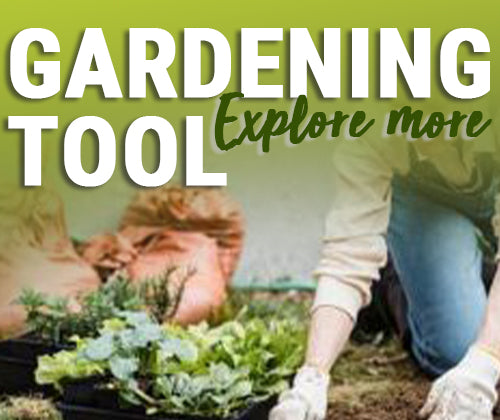













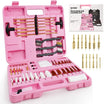
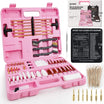
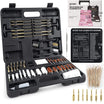
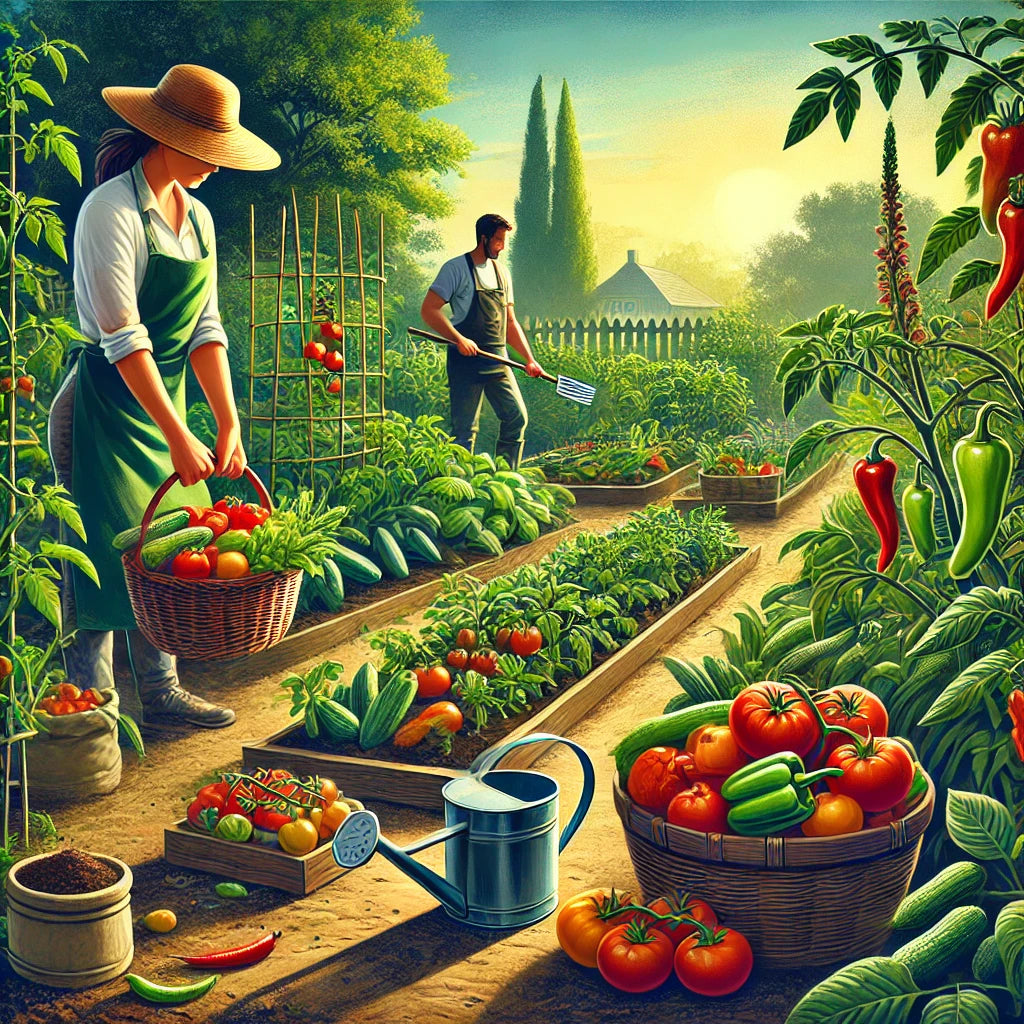
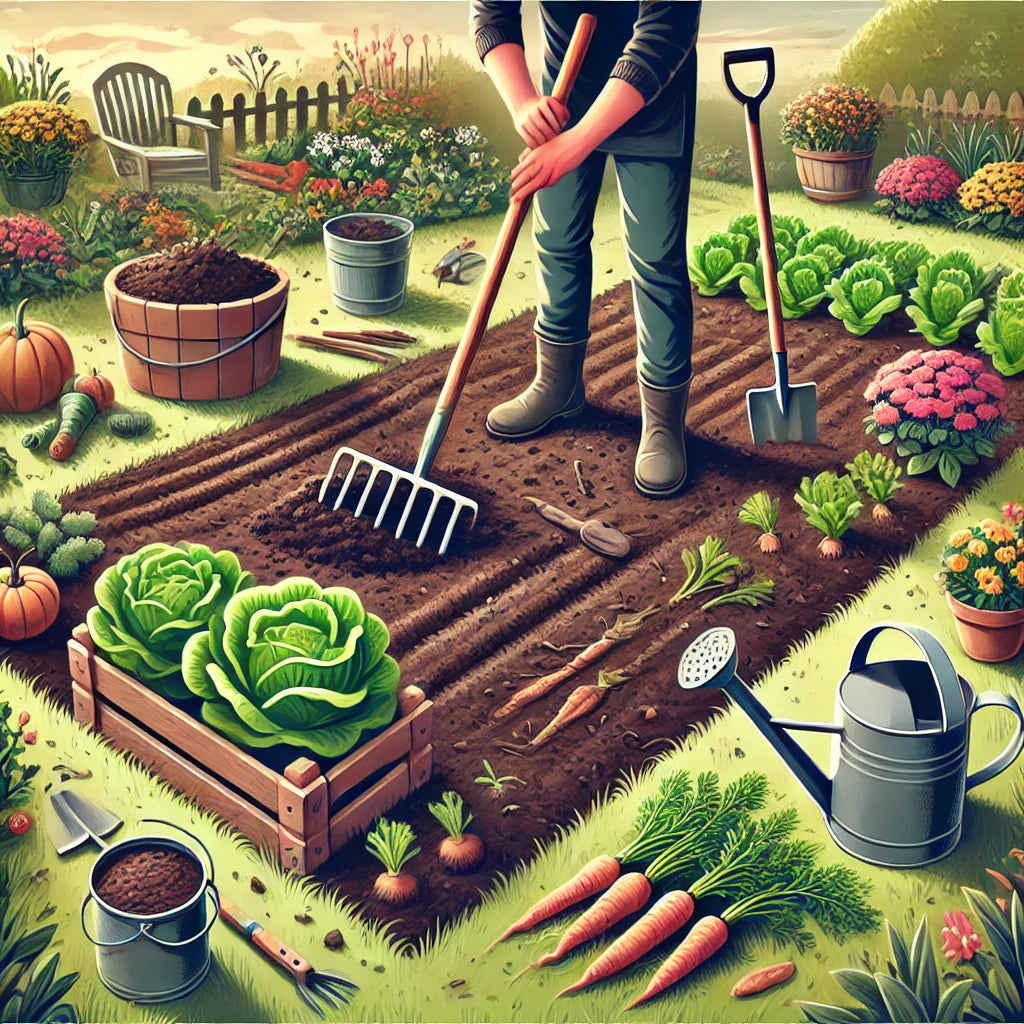
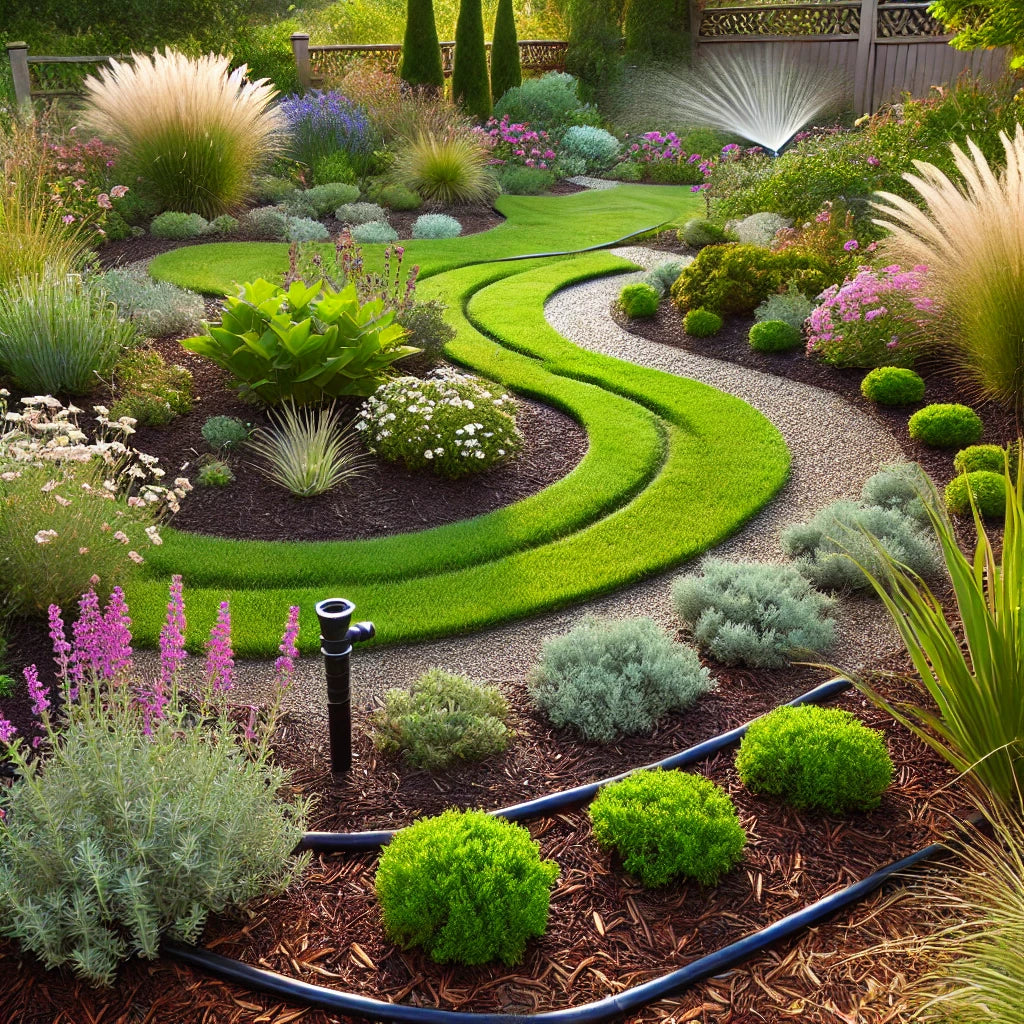
Leave a comment
All comments are moderated before being published.
This site is protected by hCaptcha and the hCaptcha Privacy Policy and Terms of Service apply.